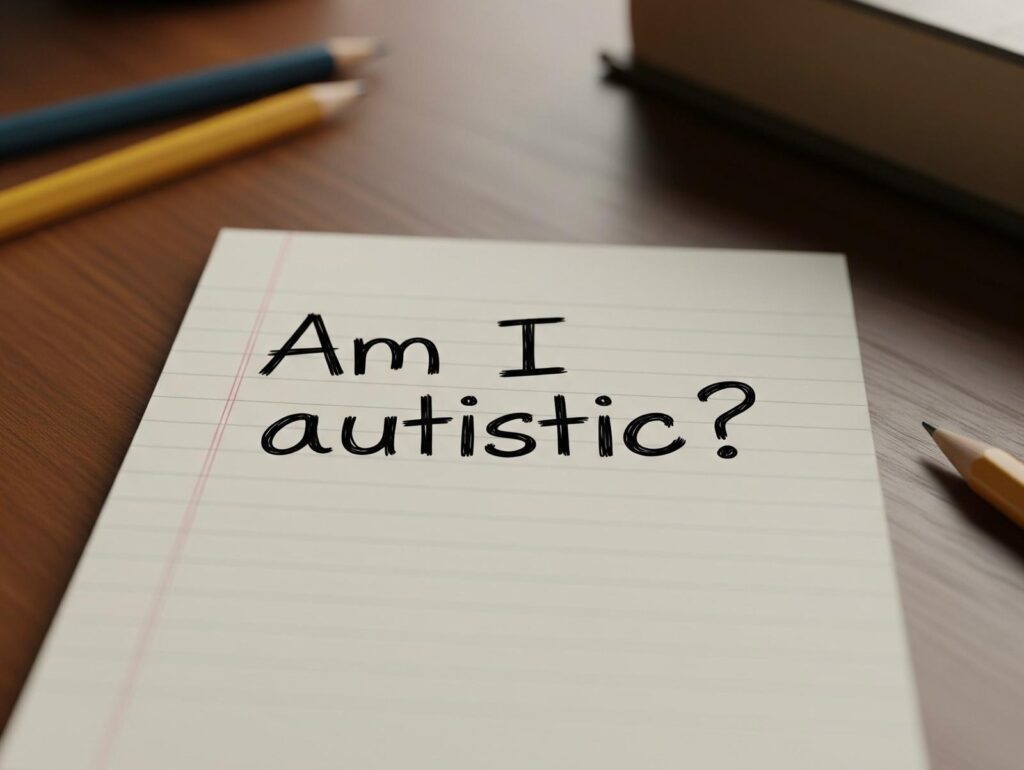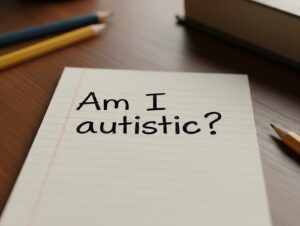Bulimia nervosa, commonly referred to as bulimia, is a serious eating disorder characterised by episodes of binge eating followed by compensatory behaviours, such as self-induced vomiting, excessive exercise, or the misuse of laxatives. Individuals with bulimia often feel a loss of control during binges, leading to feelings of guilt and shame. This article explores the causes, symptoms, treatment options, and long-term effects of bulimia, with an emphasis on promoting understanding and recovery.
Keywords: Bulimia nervosa, Bingeing and purging, Psychological impact of bulimia, Bulimia treatment options, Cognitive behavioural therapy for bulimia, Eating disorders and body image
What is Bulimia?
Bulimia nervosa is a complex psychological condition where individuals repeatedly consume large amounts of food in a short period (binge eating) and then engage in compensatory behaviours to prevent weight gain. These behaviours can include:
- Self-induced vomiting
- Excessive exercise
- Misuse of laxatives or diuretics
- Fasting between binge episodes
Unlike anorexia nervosa, individuals with bulimia may maintain a normal weight, making the disorder less visible to others. However, the mental and physical toll of bulimia can be severe, often leading to serious health complications (National Institute of Mental Health [NIMH] 2021).
Causes of Bulimia
There is no single cause of bulimia, but a combination of genetic, environmental, and psychological factors can contribute to its development. These may include:
1. Societal Pressure and Body Image
Cultural ideals that promote thinness can contribute to body dissatisfaction and the development of disordered eating behaviours. Media portrayals of unrealistic body standards can exacerbate feelings of inadequacy, especially among young people (Tiggemann & Slater 2014).
2. Genetics
Research suggests that individuals with a family history of eating disorders are more likely to develop bulimia. Genetic factors may influence personality traits like impulsivity and perfectionism, which are linked to the disorder (Trace et al. 2013).
3. Emotional and Psychological Factors
Many individuals with bulimia use binge eating as a way to cope with negative emotions, such as stress, anxiety, or depression. The cycle of bingeing and purging can offer temporary relief, but it ultimately reinforces feelings of guilt and shame, creating a destructive cycle (Fairburn 2008).
Symptoms of Bulimia
The symptoms of bulimia are both behavioural and physical. Common signs of bulimia include:
- Binge eating episodes followed by compensatory behaviours
- Preoccupation with body weight and shape
- Fear of gaining weight
- Feeling out of control during binge episodes
- Secretive eating habits, such as hiding food or eating in private
- Signs of physical damage from purging, such as tooth erosion, throat irritation, and swollen salivary glands
Long-term physical effects of bulimia can include electrolyte imbalances, gastrointestinal problems, and heart complications (Mehler & Rylander 2015).
Psychological Impact of Bulimia
Bulimia can have a profound psychological impact, contributing to feelings of isolation, low self-esteem, and mood disorders. Many individuals with bulimia experience co-occurring conditions such as depression, anxiety, and substance abuse. The constant preoccupation with food, body image, and compensatory behaviours can create a cycle of guilt, shame, and distress, severely affecting an individual’s quality of life (Herzog et al. 1999).
The emotional toll of bulimia often exacerbates the disorder, as individuals may turn to bingeing and purging to cope with overwhelming emotions, further entrenching the behaviours. Without intervention, bulimia can have long-lasting psychological and physical consequences.
Treatment Options for Bulimia
Effective treatment for bulimia typically involves a multidisciplinary approach, combining psychological therapy, medical intervention, and nutritional guidance. Common treatments include:
1. Cognitive Behavioural Therapy (CBT)
CBT is considered the most effective treatment for bulimia. This form of therapy helps individuals identify and challenge the distorted thoughts and beliefs that contribute to disordered eating behaviours. CBT also teaches healthier ways to cope with stress and emotions, reducing the reliance on bingeing and purging (Fairburn 2008).
2. Nutritional Counselling
Working with a registered dietitian can help individuals with bulimia develop a balanced, healthy relationship with food. Nutritional counselling focuses on creating regular eating patterns and addressing any misconceptions about nutrition and body weight.
3. Medication
Antidepressants, particularly selective serotonin reuptake inhibitors (SSRIs), may be prescribed to help manage symptoms of bulimia, especially if there is an underlying mood disorder. Medication can be used in conjunction with therapy to improve emotional regulation and reduce bingeing and purging episodes (Hay 2013).
4. Support Groups and Family Therapy
Support groups and family therapy can provide individuals with a sense of community and understanding. Family therapy is particularly important for adolescents with bulimia, as it helps family members understand the disorder and support their loved one through recovery (Le Grange et al. 2014).
Conclusion
Bulimia nervosa is a serious and complex eating disorder that requires comprehensive treatment to address both the psychological and physical aspects of the condition. By promoting early intervention, fostering a positive relationship with food, and encouraging supportive environments, individuals with bulimia can achieve recovery and regain control of their lives. Understanding the causes, symptoms, and treatment options for bulimia is crucial in breaking the cycle of disordered eating and improving overall well-being.
References
- Fairburn, CG 2008, Cognitive Behavior Therapy and Eating Disorders, Guilford Press, New York.
- Hay, P 2013, ‘A systematic review of evidence for psychological treatments in eating disorders: 2005-2012’, International Journal of Eating Disorders, vol. 46, no. 5, pp. 462-469.
- Herzog, DB, Keller, MB, Sacks, NR, Yeh, CJ & Lavori, PW 1999, ‘Psychiatric comorbidity in treatment-seeking anorexics and bulimics’, Journal of the American Academy of Child & Adolescent Psychiatry, vol. 38, no. 7, pp. 841-847.
- Le Grange, D, Lock, J, Loeb, K & Nicholls, D 2014, ‘Academy for Eating Disorders position paper: The role of the family in eating disorders’, International Journal of Eating Disorders, vol. 47, no. 1, pp. 1-5.
- Mehler, PS & Rylander, M 2015, ‘Bulimia nervosa – medical complications’, Journal of Eating Disorders, vol. 3, no. 1, pp. 1-8.
- National Institute of Mental Health (NIMH) 2021, Eating Disorders, NIMH, Bethesda, MD, viewed 18 October 2024, https://www.nimh.nih.gov/health/topics/eating-disorders.
- Puhl, RM & Latner, JD 2007, ‘Stigma, obesity, and the health of the nation’s children’, Psychological Bulletin, vol. 133, no. 4, pp. 557-580.
- Tiggemann, M & Slater, A 2014, ‘NetGirls: The Internet, Facebook, and body image concern in adolescent girls’, International Journal of Eating Disorders, vol. 47, no. 6, pp. 630-633.
- Trace, SE, Baker, JH, Penas-Lledo, E & Bulik, CM 2013, ‘The genetics of eating disorders’, Annual Review of Clinical Psychology, vol. 9, pp. 589-620.
How to get in touch
If you or your NDIS participant need immediate mental healthcare assistance, feel free to get in contact with us on 1800 NEAR ME – admin@therapynearme.com.au.
Discover more from Therapy Near Me
Subscribe to get the latest posts sent to your email.






